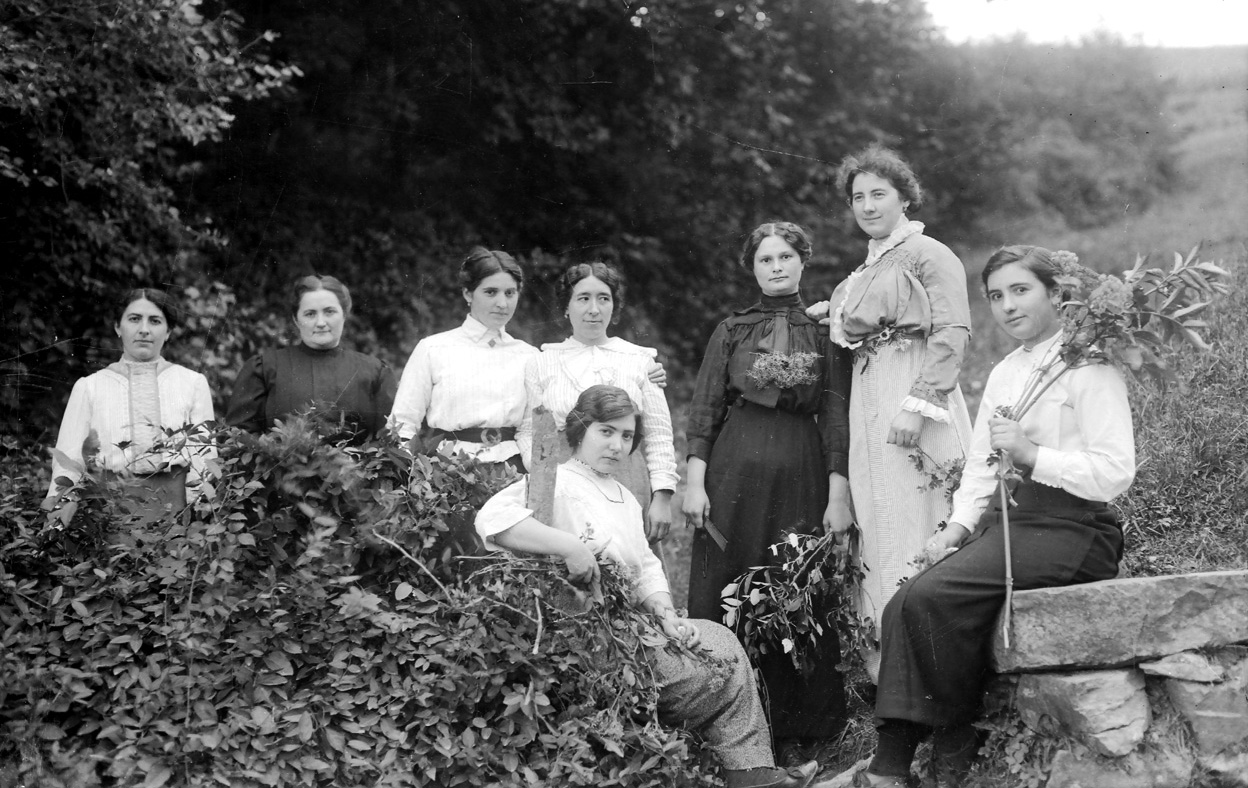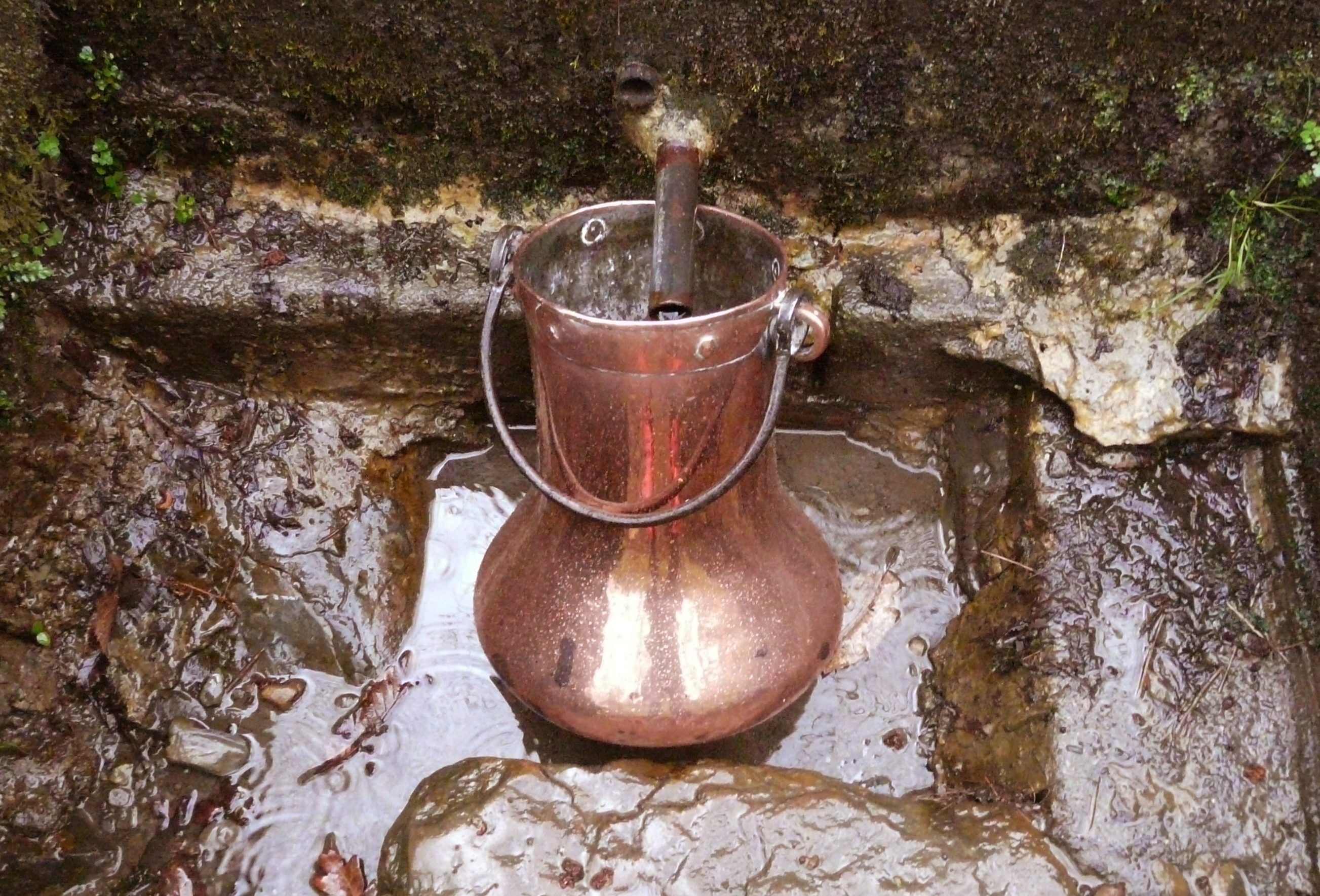Archives

Women from Zeanuri (Bizkaia). Felipe Manterola Collection. Labayru Fundazioa Photographic Archive.
Kinship terminologies are a recurrent subject of study for anthropologists. Authors such as Morgan have interpreted some of them as linguistic residues of former kinship systems.
Vinson, Aranzadi and Caro Baroja drew attention to the particularities of the Basque system of names applied to categories of kin, specifically the differentiation by gender of ego and ego’s brothers and sisters, suggesting the purpose of such a differentiation could have been to mark kinship with female members by means of the suffix –ba. (more…)

Copper errada belonging to the Olabarria family from Udiaga. Orozko (Bizkaia), 2018. Itziar Rotaetxe. Labayru Fundazioa Photographic Archive.
According to the accurate definition provided by the Royal Spanish Academy, the herrada is ‘a wooden bucket with large cast iron or brass bands, wider at the base than at the top rim’, more of a museum piece than a useful object today. Most notably throughout the 19th century and the first few decades of the 20th century, this particular bucket served an important function in Basque society, for it was used by women to fetch water from the source. In western Basque dialects it is known as errada, perrada, edarra, and others, ferreta being the commonest word for it in eastern varieties. (more…)

